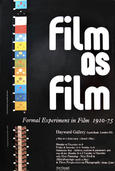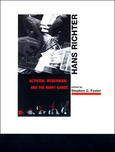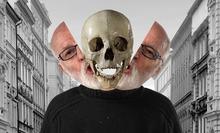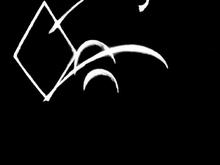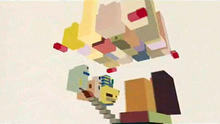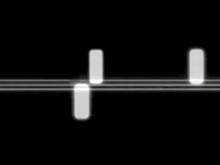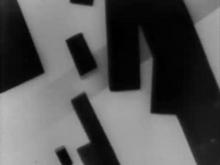Press +
(2009)is the work of Benjamin Ducroz a mediagraphics designer at the Australian Centre for the Moving Image. He used a variety of materials and sources including 3D, paper, inkjet printed frames, watercolors, water and ink to create this animation.
Latest creation by Benjamin Ducroz with sound design by Samuel Acres is a beautiful piece bridging digital and analogue in the form of this minute or so animated short. What may appear as a digitally generated animation is actually frame by frame composition created out of hand effected print-outs. See images below + watch the clip in HD.
Source: CreativeApplications.Net
Short Animated visual works from director Benjamin Ducroz, a visionary piece of production with a dream like aura that morphs and transforms in front of the viewer, a real treat for the eyes. Artistically created with the use of as little as, paper, inkjet printed frames,watercolour, and Ink. I’ve included some pre filmed snapshots of painted frames, seeing these makes you realise how much time and skill has been put into Press +, a piece that could of been created using more technology but Benjamin has taken much longer, to bring us this complete handmade feel. I really hope our readers appreciate how good this is, I think this sort of pure creativity should be celebrated.
Source: One Eight Nine
Reading
Links
- Benjamin Ducroz' website
